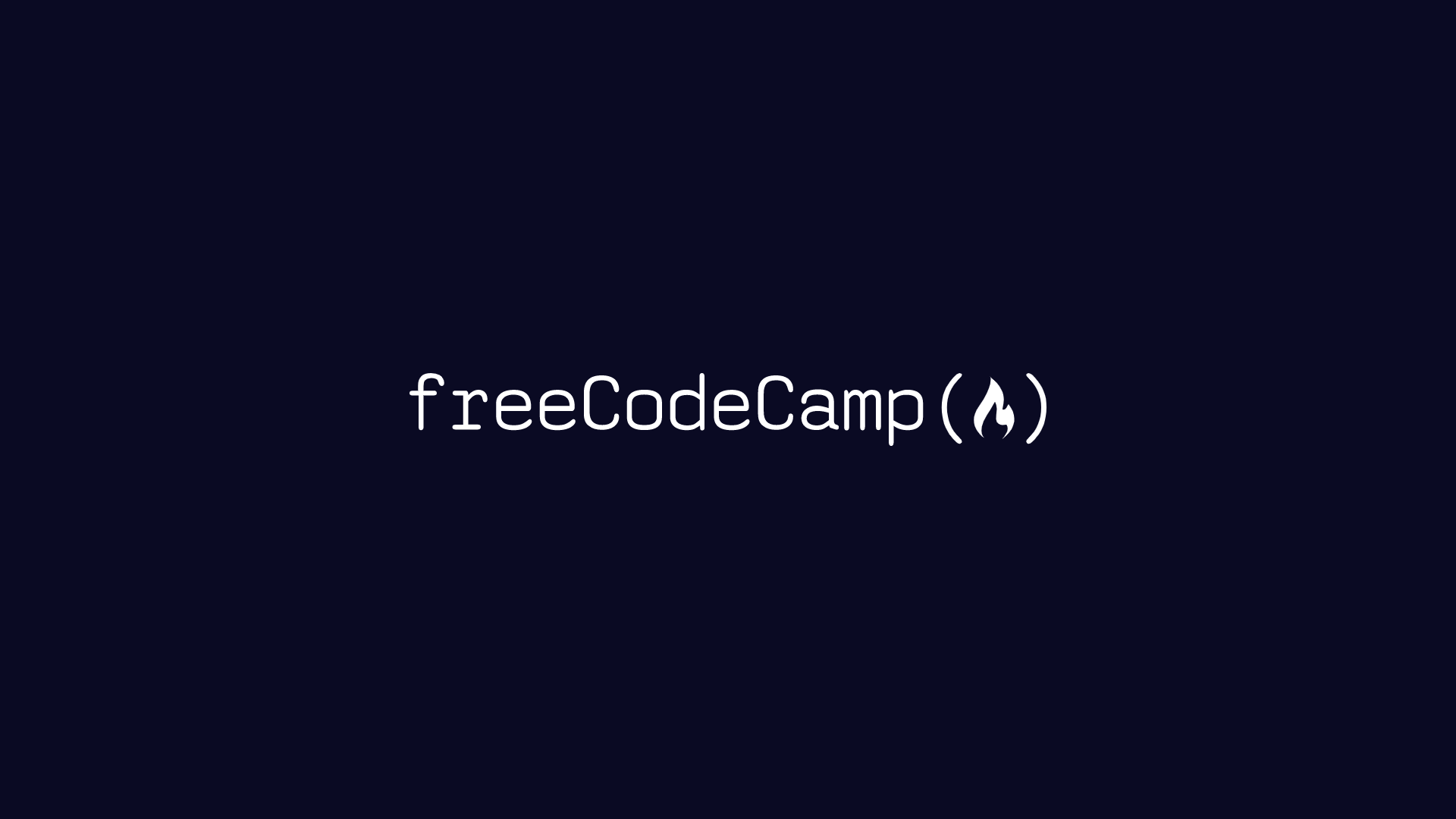如何将JSON数据转换为匹配任何模式
在API间传输数据或准备JSON数据导入时,模式不匹配可能会中断工作流程。学习如何清理和规范化JSON数据可确保顺畅、无差错的数据传输。
本教程演示如何基于预定义模式清理混乱的JSON并将结果导出到新文件。我们将清理包含200条合成客户记录数据集的JSON文件。
涵盖内容
- 先决条件
- 添加和检查JSON文件
- 定义目标模式
- 使用纯Python清理JSON数据
- 使用Pandas清理JSON数据
- 验证清理后的JSON
- Pandas与纯Python数据清洗对比
先决条件
要跟随本教程,您应基本了解:
- Python字典、列表和循环
- JSON数据结构(键、值和嵌套)
- 使用Python的json模块读写JSON文件
添加和检查JSON文件
在开始编写代码之前,请确保要清理的.json文件位于项目目录中。这样可以仅使用文件名轻松加载到脚本中。
您可以通过本地查看文件或使用Python内置的json模块在脚本中加载来检查数据结构(假设文件名为"old_customers.json"):
1
2
3
4
5
6
7
|
import json
with open('old_customers.json') as file:
crm_data = json.load(file)
print(type(crm_data))
print(crm_data)
|
这将显示JSON文件是字典还是列表结构,并在终端中打印整个文件内容。
定义目标模式
JSON模式本质上是描述以下内容的蓝图:
- 必填字段
- 字段名称
- 每个字段的数据类型
- 标准化格式(例如小写电子邮件、修剪空格等)
旧模式与目标模式对比:
目标是从每个条目中删除"customer_id"和"address"字段,并将其余字段重命名:
- “name” → “full_name”
- “email” → “email_address”
- “phone” → “mobile”
- “membership_level” → “tier”
输出应包含4个响应字段而不是6个,全部重命名以适应项目要求。
使用纯Python清理JSON数据
步骤1:导入json和time模块
1
2
|
import json
import time
|
步骤2:使用json.load()加载文件
1
2
3
|
start_time = time.time()
with open('old_customers.json') as file:
crm_data = json.load(file)
|
步骤3:编写循环清理函数
1
2
3
4
5
6
7
8
9
10
11
12
|
def clean_data(records):
transformed_records = []
for customer in records["customers"]:
transformed_records.append({
"full_name": customer["name"],
"email_address": customer["email"],
"mobile": customer["phone"],
"tier": customer["membership_level"],
})
return {"customers": transformed_records}
new_data = clean_data(crm_data)
|
步骤4:保存到.json文件
1
2
3
|
output_file = "transformed_data.json"
with open(output_file, "w") as f:
json.dump(new_data, f, indent=4)
|
步骤5:计时数据处理
1
2
3
4
|
end_time = time.time()
elapsed_time = end_time - start_time
print(f"Transformed data saved to {output_file}")
print(f"Processing data took {elapsed_time:.2f} seconds")
|
使用Pandas清理JSON数据
安装Pandas
步骤1:导入相关库
1
2
3
|
import json
import time
import pandas as pd
|
步骤2:加载文件并提取客户条目
1
2
3
4
5
6
|
start_time = time.time()
with open('old_customers.json', 'r') as f:
crm_data = json.load(f)
# 提取客户条目列表
clients = crm_data.get("customers", [])
|
步骤3:加载到DataFrame
1
|
df = pd.DataFrame(clients)
|
步骤4:编写字段转换函数
1
2
3
4
5
6
7
|
def transform_fields(row):
return {
"full_name": row.get("name", "Unknown"),
"email_address": row.get("email", "N/A"),
"mobile": row.get("phone", "N/A"),
"tier": row.get("membership_level", "N/A")
}
|
步骤5:应用模式转换
1
2
3
4
5
6
|
# 方法1:使用apply()
transformed_df = df.apply(transform_fields, axis=1)
transformed_data = transformed_df.tolist()
# 方法2:使用列表推导式
transformed_data = [transform_fields(row) for row in df.to_dict(orient="records")]
|
步骤6:保存输出
1
2
3
4
|
output_data = {"customers": transformed_data}
output_file = "applypandas_customer.json"
with open(output_file, "w") as f:
json.dump(output_data, f, indent=4)
|
步骤7:跟踪运行时间
1
2
3
4
|
end_time = time.time()
elapsed_time = end_time - start_time
print(f"Transformed data saved to {output_file}")
print(f"Processing data took {elapsed_time:.2f} seconds")
|
验证清理后的JSON
步骤1:安装jsonschema
步骤2:定义模式
1
2
3
4
5
6
7
8
9
10
11
12
13
14
15
16
17
18
19
|
schema = {
"type": "object",
"properties": {
"customers": {
"type": "array",
"items": {
"type": "object",
"properties": {
"full_name": {"type": "string"},
"email_address": {"type": "string"},
"mobile": {"type": "string"},
"tier": {"type": "string"}
},
"required": ["full_name", "email_address", "mobile", "tier"]
}
}
},
"required": ["customers"]
}
|
步骤3:加载清理后的JSON文件
1
2
|
with open("transformed_data.json") as f:
data = json.load(f)
|
步骤4:验证数据
1
2
3
4
5
6
7
|
from jsonschema import validate, ValidationError
try:
validate(instance=data, schema=schema)
print("JSON is valid.")
except ValidationError as e:
print("JSON is invalid:", e.message)
|
Pandas与纯Python数据清洗对比
使用纯Python清理和重构JSON是更直接的方法,速度快,适合处理小型数据集或简单转换。但随着数据增长和变得更加复杂,您可能需要Python单独无法提供的高级数据清理方法。在这种情况下,Pandas成为更好的选择,它能有效处理大型复杂数据集,提供处理缺失数据和删除重复项的内置函数。
